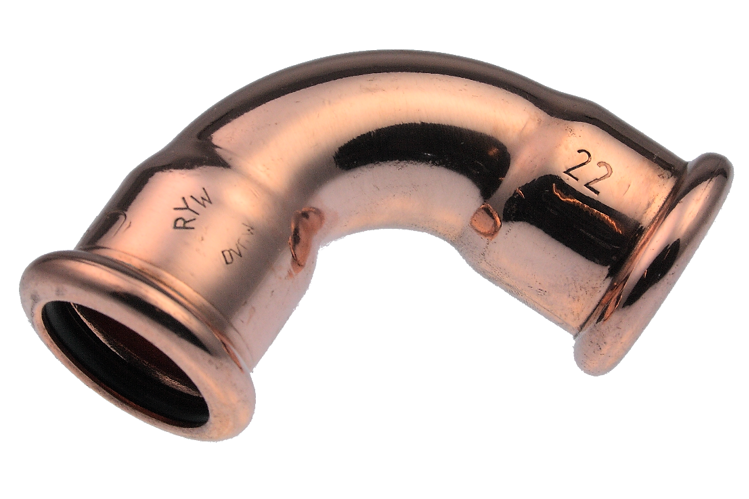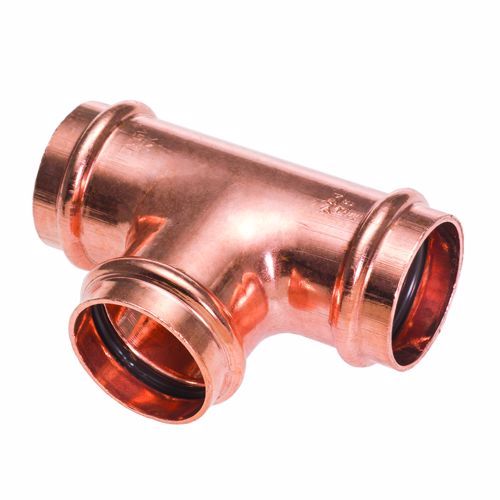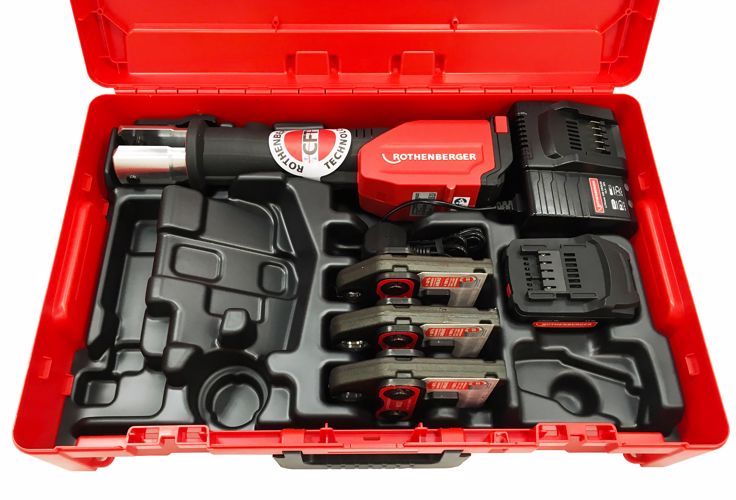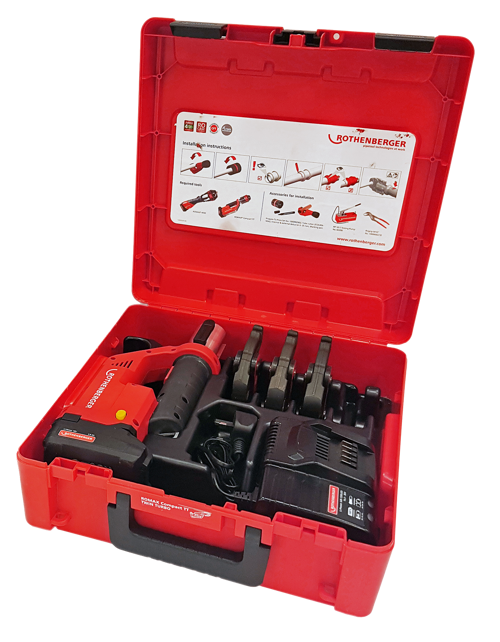In the plumbing world, speed and accuracy are everything—especially when dealing with time-sensitive repairs. Copper press fittings have rapidly grown in popularity for their ability to simplify complex installations and dramatically reduce labour hours. These fittings offer a clean, efficient alternative to soldering, making them ideal for professionals and DIYers alike.
Plumbers are increasingly turning to press technology not just for convenience, but also for its long-term benefits in safety, reliability, and compliance. This article will explore how copper press fittings are reshaping the plumbing industry and saving valuable time during repairs.
The Evolution of Plumbing Connection Methods
Before press fittings, most copper plumbing systems were assembled using time-consuming and skill-intensive soldering techniques. These traditional methods required open flames, flux, and a steady hand.
Traditional Soldering vs Press Fittings
| Feature | Soldering | Copper Press Fittings |
|---|---|---|
| Installation Time | High | Low |
| Required Skill Level | Expert | Moderate |
| Risk of Fire | Yes | No |
| Joint Strength | High | High |
| Inspection Time | Long | Short |
The clear edge in time savings comes from the fact that press fittings eliminate the need for heating tools and allow for quicker pressure testing.
What Are Copper Press Fittings?
Copper press fittings are mechanical connectors used in plumbing systems to join copper pipes. Unlike soldered joints, these fittings are sealed using a pressing tool that compresses the fitting onto the pipe.
Design and Structure
They typically feature:
EPDM rubber O-rings for a watertight seal
Reinforced collars for structural support
Standardised sizing compatible with copper tubing
How They Work
The pressing tool compresses the fitting’s sleeve onto the pipe, deforming the metal and creating a permanent, watertight joint. This makes them ideal for both new installations and urgent repairs.
Key Benefits of Copper Press Fittings
Speed and Efficiency
One of the standout advantages of copper press fittings is their speed. Joints can be completed in seconds rather than minutes, with minimal prep work required. This is especially beneficial when working in tight or time-restricted environments.
Safety Improvements
Because there's no need for an open flame, copper press fittings eliminate fire hazards associated with soldering. This makes them a safer choice in environments with flammable materials or limited ventilation.
Long-Term Reliability
Press fittings have been rigorously tested for durability and pressure resistance. Many come with warranties and certifications that attest to their long-term performance under various conditions.
Time Savings in Real-World Repair Scenarios
Emergency Repairs
In emergencies where every second counts, such as burst pipes, copper press fittings enable a plumber to act swiftly without waiting for components to cool or dry.
Commercial Plumbing Projects
In large-scale commercial builds, using press fittings across multiple joints saves hundreds of man-hours, reducing project timelines significantly.
Installation Process Simplified
Tools Required
Press tool (manual, battery-powered, or hydraulic)
Deburring tool
Pipe cutter
Marker
Step-by-Step Installation Guide
Cut the pipe to length using a pipe cutter.
Deburr and clean the pipe end.
Mark the insertion depth for accuracy.
Insert the fitting fully until it reaches the mark.
Use the press tool to compress the joint.
Inspect the seal to ensure integrity.
Cost-Effectiveness Over Time
Labour Cost Reductions
With faster installation comes reduced labour expenses. Projects that would typically require a team over several days can often be completed in less time with fewer workers.
Reduced Downtime
For businesses, reducing plumbing-related downtime means savings in operational costs. Press fittings support quicker turnarounds and help avoid prolonged service disruptions.
Press Fittings vs Compression and Push-Fit Fittings
While push-fit and compression fittings offer convenience, they often lack the durability and tamper-resistance of press fittings. Press systems provide a more permanent solution suitable for both high-pressure and concealed applications.
Regulatory Compliance and Industry Standards
Copper press fittings adhere to major plumbing codes such as:
WRAS (UK)
EN ISO 21003
NSF/ANSI 61
This ensures they’re fit for use in potable water systems and commercial applications.
Environmental Benefits of Using Copper
Copper is a sustainable material that’s 100% recyclable without loss of performance. Its longevity means fewer replacements over time, contributing to reduced waste in the plumbing industry.
Common Applications of Copper Press Fittings
Residential Plumbing
From kitchen sinks to heating systems, copper press fittings are ideal for retrofits and upgrades in domestic plumbing.
Industrial and HVAC Systems
They’re also trusted in heavy-duty applications like chilled water systems, HVAC lines, and compressed air networks due to their strength and reliability.
Maintenance and Inspection Tips
Regularly inspect joints for signs of corrosion
Use leak detection tools for concealed piping
Replace O-rings if fittings are reused (not commonly recommended)
Limitations and Considerations
Higher upfront cost compared to soldering supplies
Requires investment in press tools
Not always suitable for very tight spaces
FAQs
1. Are copper press fittings suitable for all types of plumbing systems?
Yes, they are compatible with most copper piping systems and suitable for hot and cold water, heating, and gas applications.
2. Can press fittings be reused?
Generally, no. Once pressed, the fitting is permanently deformed and should not be reused.
3. Do press fittings require special maintenance?
Very little – regular inspections suffice. The fittings are designed for long-term durability.
4. How long do press fittings last?
They typically last as long as the copper pipe itself—often over 50 years in ideal conditions.
5. Are press fittings approved for drinking water?
Yes, most certified copper press fittings meet regulations for potable water use.
6. Can press fittings be used underground?
Yes, with proper protection and adherence to local codes, they are suitable for underground applications.
Conclusion
Copper press fittings have transformed modern plumbing by offering a quicker, safer, and more reliable solution than traditional methods. Whether in residential repairs or large-scale commercial jobs, they continue to save time and reduce costs while maintaining high standards of safety and durability.
Embracing press technology isn’t just a smart move—it’s a forward-thinking strategy for the future of plumbing.
Pick up your Copper Press Fittings at Press It Today
Pegler Xpress Water 90degrees Bend 22mm
Conex B Press Water Equal Tee 15mm
Shop our wide range of Copper Press Fittings now.
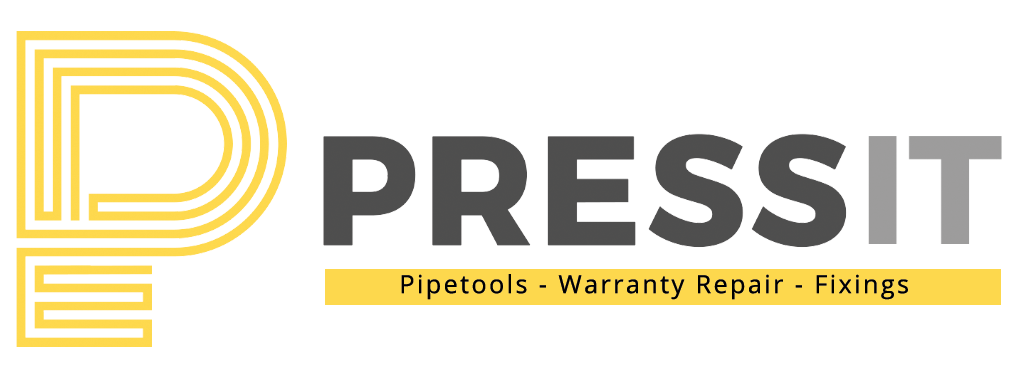
.jpeg)
